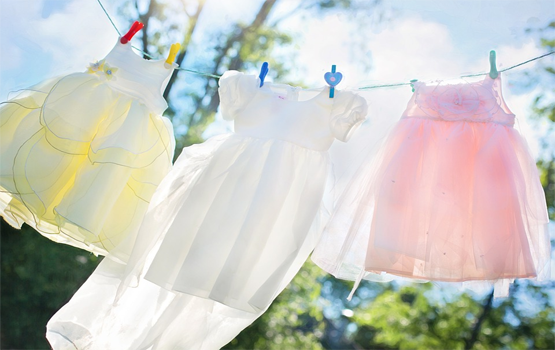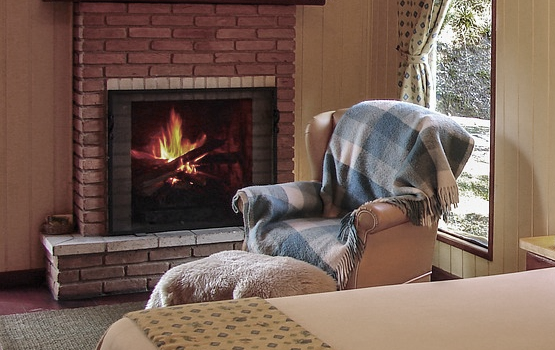How to Make Your Home More Energy Efficient
Learn how to improve home energy efficiency, make your home more comfortable, and save money without expensive upgrades or months of renovations. Use our tips and slash your energy bills without sacrificing comfort.
Windows & Doors
Worn and torn weather stripping around windows and doors waste energy when heating and cooling your home. Since 6 to 10 percent of a home's energy loss occurs around windows and doors without proper airtight seal, it is good idea to check for drafts by holding a lit candle around window frames and doors. If candle flickers, you have a draft and need to replace or install weather stripping and caulking around windows and doors. It is also good idea to add a door sweep. For colder months, adding an exterior window film will increase efficiency even further. Replacing weather stripping is typically a quick and simple DIY job which will cut down on drafts and prevent your furnace or your air conditioner to work harder.
Use Window Coverings to Reduce Energy Cost
Use your window coverings or curtains to your advantage. The sun rays are free and can bring heat into your home even during the winter months. Any added heat will reduce how much your furnace needs to run. Keep your window coverings or curtains open during the day, especially on the side of your house where you get more direct sunlight. Don't forget to trim any tree branches or shrubs that block the sunlight around your windows to maximize the gains. Close the curtains or window coverings at night so they act as barriers to reduce drafts.
Note: During the summer months do quite the opposite to reduce the cost of cooling. So, during the warmest part of the day, close your window coverings or curtains and keep out the sun. This will also stop the cold air from escaping.
Use Large Appliances During Off-Pick Hours
Use your large appliances like dishwasher, washer and dryer during off-peak hours. Large appliances use a lot of energy and often run for long periods. Try shifting your schedule to off-peak hours, typically after 7 p.m. or any time on weekends and holidays when energy costs are at their lowest. Also consider using the shorter washing cycle and air dry option on the dishwasher.
Notes: Don't forget to clean the back of your large appliances, including refrigerators and deep freezers, from dust. The motors of appliances clogged with dustwork harder and require more energy. Vacuum those areas at least twice a year. Also, don't forget to clean dryer exhaust.
Lower Your Lighting Costs
Use energy efficient bulbs like light-emitting diodes (or LEDs), halogen incandescents and compact fluorescent lamps (or CFLs) in your home's most frequently used light fixtures and save money on energy. Energy efficient bulbsare available in the wide range of colors and light levels. The initial price of energy efficient bulbs is typically higher than traditional incandescents, but they last longer and cost less to operate, saving you money over the life of the bulb. Today's new energy efficient bulbs can use about 30%-80% less energy than traditional incandescents. You can also install dimmer switches and motion sensors that turn off when you leave the room.
Note: Use LED holiday light strings to reduce the cost of decorating your home for the winter holidays.
Fight Phantom Power Consumption
Your computers, electronics, game consoles, televisions, cable boxes, PVRs and plugged in chargers suck energy even when not in use. Plug them into a power bars and program it to switch off at night or when not in use. Remember, if you organize them according to your needs on a power bars, it will be easy to switch them on and off when needed.
HELPFUL LINKS:
- FREE Reports & Articles
- Heating Tips
- Your Heating System
- Make the Necessary Improvements
- Quick & Easy Ways to Spruce Up Your Home
- Bathroom Makeovers
Install a Clothesline
Set up a clothesline in your backyard or balcony, and dry your laundry outside (in warm months) or inside (air dry) during the winter when possible. If this isn't an option, consider hanging clothes on a drying rack or the shower rod. Since dryers can account for up to six per cent of a home's total energy use, hanging your laundry can save some money.
Heating Tips
Programmable thermostats can help you cat your energy bill by 10 percent or more. They can be set to automatically turn down the temperature for any number of hours during a day or night, either when you're not home or when you're sleeping. They are now cheaper than ever, with models starting under $30. Also, make sure your thermostat is on the right wall.
Read more...

